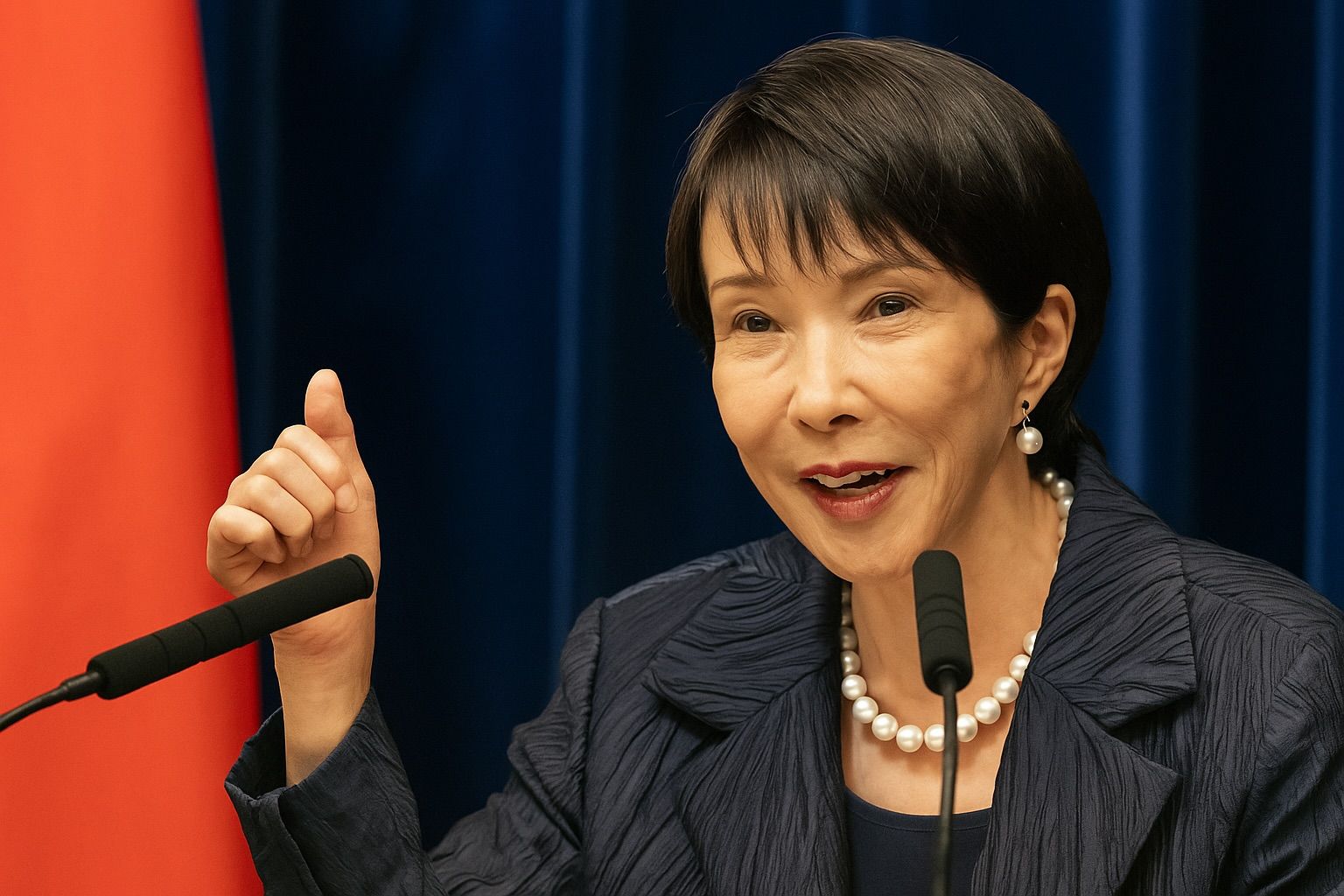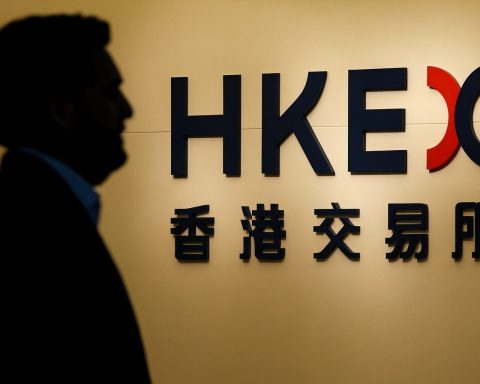TOKYO — November 12, 2025 — Prime Minister Sanae Takaichi’s first stimulus package came into clearer focus today as a government draft pledged to increase spending “without hesitation” and channel “bold and strategic” investment into crisis‑management and growth sectors including artificial intelligence (AI), semiconductors and shipbuilding. The draft also outlines subsidies to lower utility and gasoline bills, aid for firms hit by U.S. tariffs, and a likely rise in defense outlays, with a supplementary budget to follow later this fiscal year. While the headline size isn’t fixed yet, a Daiwa Securities note cited by Reuters said extra‑budget spending could reach ¥20 trillion (≈$133 billion). The cabinet aims to finalize the package later this month. [1]
At the same time, the government’s top economic council tilted more openly reflationist: newly appointed private‑sector members Masazumi Wakatabe and Toshihiro Nagahama argued today that the package should exceed last year’s ¥13.9 trillion and warned that failing to do so would dent expectations for proactive fiscal policy. They also pointed to a likely Q3 GDP contraction (consensus: around ‑2.5% annualized) as justification for stronger demand support. Takaichi reiterated the need to work with the Bank of Japan (BOJ) to revive growth—an emphasis that could complicate the BOJ’s timing for resuming rate hikes. [2]
What’s new today (Nov 12)
- Draft stimulus: “Bold and strategic” public investment; targeted support for households (energy/fuel subsidies) and firms affected by tariffs; focus on AI, chips, shipbuilding; extra defense spending likely; supplementary budget planned. Amount not disclosed. [3]
- Policy voices: New council members press for a bigger package than 2024 and urge multi‑year planning over single‑year constraints; recession risks flagged via weak Q3. [4]
Where the money is likely to go
The draft channels spending toward two buckets: crisis‑management investment (resilience, security, energy costs) and growth investment (AI, semiconductors, shipbuilding), alongside household relief. Analysts reading the draft expect a large overall package, with Daiwa’s research desk floating ~¥20 trillion financed in part by a new supplementary budget. The package is set to be finalized later in November. [5]
Tax breaks and the “17 strategic fields”
Beyond direct spending, the policy mix is set to include tax incentives to crowd in private capital. Earlier reporting signaled tax cuts for investment across 17 strategic industries (including AI and chips), with government documents this week again spotlighting the AI/chips/shipbuilding triad as the near‑term priority. [6]
A shift in Japan’s fiscal rules—and the BOJ puzzle
Takaichi has already signaled a looser fiscal stance, instructing work on a new multi‑year fiscal target that would replace Japan’s annual primary‑balance focus—essentially watering down the previous consolidation framework to allow more flexible investment. She also urged caution on BOJ rate hikes and said a future sales‑tax cut isn’t off the table. The BOJ’s next policy review is Dec. 18–19, keeping fiscal‑monetary dynamics firmly in view. [7]
Why shipbuilding, chips and AI?
The government has called out shipbuilding as a growth strategy pillar—tying industrial policy to economic security and supply‑chain resilience—while AI and semiconductors are central to productivity and digital infrastructure plans. Those themes are threaded through this week’s meetings and reporting across ministries and media. [8]
What to watch next
- Final package & size: Cabinet decision later in November will put a number on the package and detail financing (including the scope of any tax incentives). [9]
- Macro data: Japan’s Q3 GDP print is due Monday, Nov. 17, providing a reality check on growth momentum and the urgency of fiscal support referenced by council members. [10]
- BOJ meeting (Dec. 18–19): Markets will parse whether the government’s push for growth and household relief nudges the rate‑hike timetable—or delays it. [11]
Bottom line
Today’s draft confirms a decisive, pro‑growth tilt under Prime Minister Takaichi: bigger fiscal firepower, targeted relief, and state‑backed investment in AI, chips and shipbuilding, while a retooled fiscal rulebook and a reflation‑minded council increase the odds of a larger‑than‑expected package. The exact size will determine the near‑term macro bite—on GDP, the yen, and JGBs—but the direction is now unmistakable. [12]
Background sources & earlier context
- Bloomberg and other outlets this week outlined the administration’s ambition to kick‑start a new growth strategy—framed as “crisis‑management” and “growth” investment, with a fuller strategy roadmap due by next summer. [13]
This article reflects developments up to November 12, 2025 and will be updated as the cabinet releases the final stimulus details.
References
1. www.reuters.com, 2. www.reuters.com, 3. www.reuters.com, 4. www.reuters.com, 5. www.reuters.com, 6. www.reuters.com, 7. www.reuters.com, 8. mainichi.jp, 9. www.reuters.com, 10. www.reuters.com, 11. www.reuters.com, 12. www.reuters.com, 13. www.bloomberg.com










